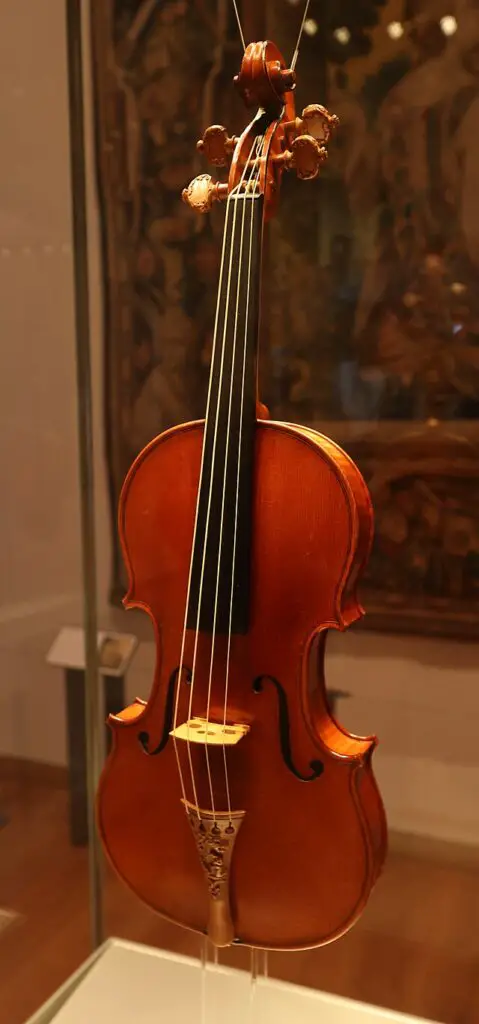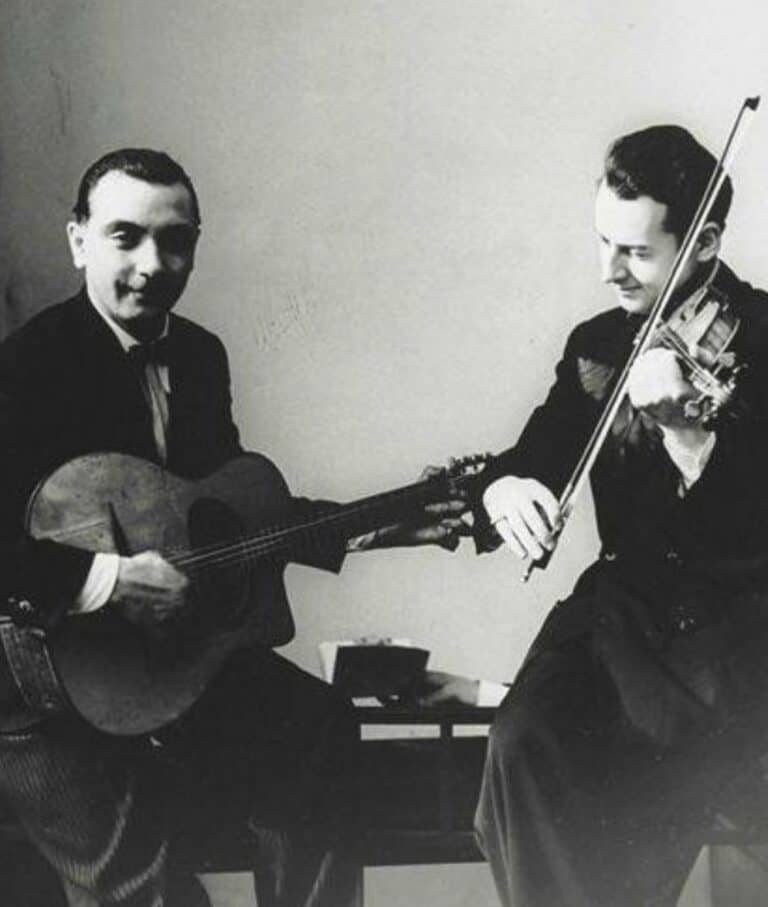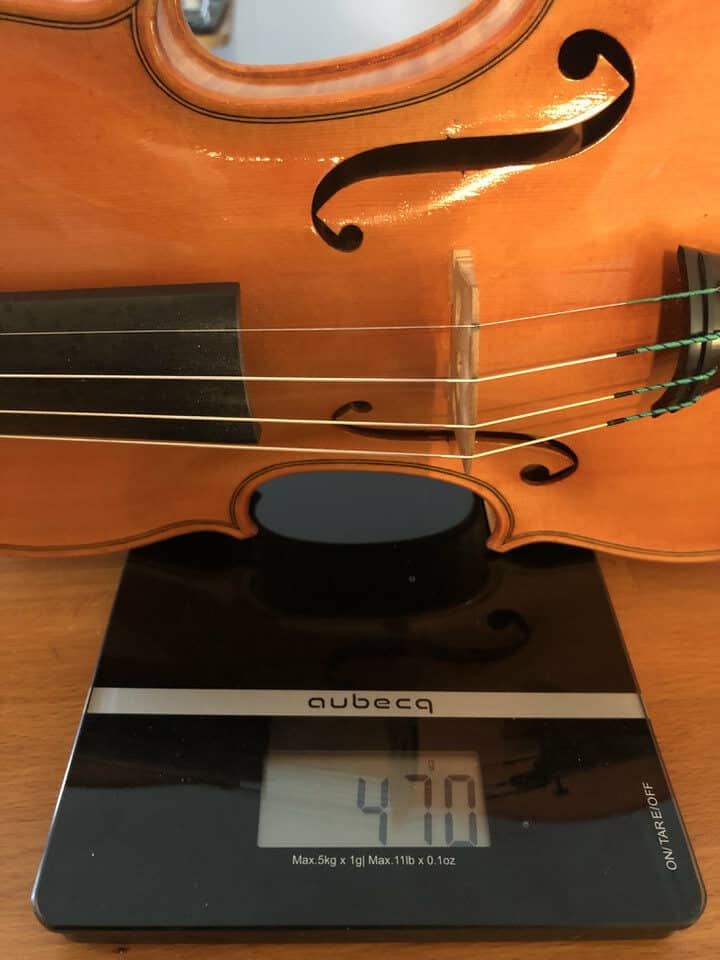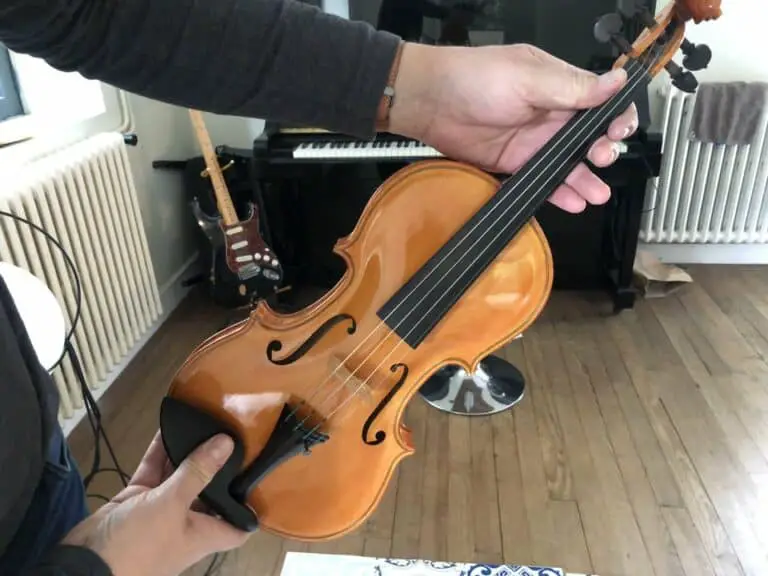Why are Violins so Expensive? Top 7 reasons
The violin market isn’t a simple thing. The resources and expertise required to craft and sell these instruments alone can provide a substantial cost, but that alone doesn’t justify the million-dollar price tags on some instruments. For that answer, you’ll have to dig a bit deeper.
Why are violins so expensive? Table of content
- Violins are expensive because of speculation
- Violins are expensive because crafting is long and difficult
- Violins are expensive because they are old
- Violins are expensive because they are scarce
- Violins are expensive because of many commissions
- Violins are expensive because they are mythical instruments
- Violins can be too expensive: it’s a scam!
- Do expensive violins sound better?
- How do musicians can afford expensive violins?
1. Violins are expensive because of speculation

As with other assets, investors buy and hold historic instruments. The Messiah Stradivarius, as shown above, is priceless as it is the only “new” Stradivarius violin on earth (not played, not worn out)! (Source Wikipedia)
People don’t always buy violins for the same reason. The bulk of the buyers out there buy them to play them, but to some people, a violin is an investment. To investors, a violin can be a lovely asset because it’s a pretty safe bet that they’ll make a return on it. They know that old instruments will continue to go up in price, so they hang onto them for the express purpose of making some money off of them.
It’s almost a self-fulfilling prophecy of sorts as the instruments being bought and stored could potentially cause a spike in the cost of old violins on the market due to limited supply.
2. Violins are expensive because crafting is long and difficult
This is the price of time and skill.
Not just anyone can grab some wood and strings and throw a violin together. The art of the craft requires a great deal of precision, patience, know-how, and other skills you’ll only find in someone who’s devoted to their work. There’s a reason cheap imitations are cheap.
Even if you were to disregard the skill required to make a violin, though, the time spent is extraordinary as well. It’s not a one-day project. Depending on the specifics of the violin and the expertise of the craftsman, it can take anywhere from a couple of weeks to months– and that’s for full-time professionals. The cheaper violins out there may not be made so carefully, but even they’ll take a few days from start to finish if you’re lucky. If you consider the cost of labor alone, the price tag on that fancy new violin becomes a lot less mysterious.
What if you take the cost of labor out, then? It’s true that automated factories can cut out a significant portion of the time necessary to craft a violin. You’ll find these instruments in the bargain bin on eBay. Again, there’s a reason cheap imitations are cheap. There’s a certain degree of human skill that a machine cannot provide. If they were just as good, they’d still fetch a high price, even if they cut costs. It should come as no surprise that cutting corners reduces quality.
3. Violins are expensive because they are old
Time is money: the older the violin, the better the sound.
Many instruments degrade over time. If you play guitar, a wind instrument, the piano, or just about any musical instrument out there really, you’ll know how much fun it is to deal with a vanishing finish over time or parts breaking from excessive use or insufficient maintenance through its lifespan. Some instruments aren’t particularly easy to maintain and these issues can come whether you baby it or not, but that’s often not the case with a violin or a viola. It’s completely feasible to maintain a violin for decades, and sometimes even centuries, so long as its owner knows what they’re doing.
That’s great and all, but who cares? The high spenders, that’s who. Unlike those other instruments, many consider the sound and projection of an aged violin to be a boon rather than a bane. There are a million theories and articles of pseudo-science that try to explain this appeal, but the general consensus is that over time, the wood adapts to its moisture levels much better than fresh wood could (source).
Whatever causes it, what’s sure is that aged wood tends to have a different sound profile than fresher wood. Whether this is truly scientific or not is still debated. Needless to say, aged wood is inherently valuable because it can’t be mimicked. It’s in limited supply and it goes to the highest bidder. Considering the millions of violinists across the planet, that highest bid is going to get pretty hefty.
4. Violins are expensive because they are scarce
It’s a simple matter of supply and demand in a free market.
Perhaps the biggest cause for the high price tag on violins is simply that people want them. If people will pay a lot of money for a product, producers will sell that product for a lot of money. Competitors may arise trying to cut corners, but we’ve already discussed the end result of that venture. If demand ends up particularly high, that price is liable to increase even further.
This is particularly evident when you’re dealing with old violins. As mentioned previously, their supply is limited, and that limit isn’t negotiable. Producers can’t simply whip up a big new batch of 19th-century violins to hit the store shelves. People want these violins, and that fact alone makes them pricey.
5. Violins are expensive because of many commissions
Is there a teacher’s commission on every sale?
A sort of uncounted cost to the consumer’s eye is that if you buy a violin from a dealer, teachers are pocketing a bit of the money too (naturally). It doesn’t make up the bulk of the cost when you buy a violin, but it certainly adds to the price tag.
6. Violins are expensive because they are mythical instruments
Myths and magic: have we lost our minds?
You might assume that technological advancements and in-depth studying of the inner workings of the instrument over the years would lead to a higher quality product in the modern world than that which the legends of centuries past would have constructed. Whether or not that’s accurate, there are people that will pay a lot of money to disagree.
There’s some truth to the idea that different individual instruments have some particular desirable quality. After all, every piece of wood is unique, and instruments are seldom atomically identical to one another. Any player out there can attest to the variations in the different instruments they own. The question is whether those minor variations are so significant that they warrant a $10 million price tag. Spoiler alert: they don’t.
A study was actually performed on this matter in which players were blindfolded and handed a variety of violins from different ages– even a Stradivarius was in the mix– and given some time to try them out before an audience. Not only did it find that the listeners preferred the sound of the newer violins, but the players themselves also preferred the older violins (source).
Does this mean old violins aren’t valuable? Not at all. Artifacts from wrecked ships from years ago sell for a lot of money because they’re old and rare. How much more, then, should a prized, functioning instrument of a limited number from legendary craftsmen of another era sell for? Their price isn’t a_ total_ mystery, but the supposed, intangible preferences people claim to find within those violins might not quite add up.
The movie “The red violin” is a perfect example of the profound mystical and mysterious history of great Italian violins.
7. Violins can be too expensive: it’s a scam!
Pure scam: Stradivari can be counterfeit!
There’s not always a good reason for a high price tag on a violin. As valuable as they may be, violins can also be faked. It’s not always easy to spot a fake, and unfortunately, people fall for these scams on a regular basis. These scams come in all shapes and sizes from falsified credentials to fakes so convincing that you might not care if it’s authentic or not.
One trick you’ll sometimes see is a false seal, sticker, etc. on an artificially aged (i.e. abused) instrument. This can come in a lot of ways and from all angles, from a violin falsely claiming it’s from the 18th century to modern-day knock-offs of the leading brands. These fake labels could be completely fake, to begin with, or they could be taken from actual instruments, a disservice to both the buyer and the original instrument.
In some of the more interesting cases, people may even completely fabricate a replica of an expensive violin and try to pass it off as the real thing. Needless to say, the appearance of a violin doesn’t carry all of its worth. Scam artists can make it look like it’s from the 19th century, but that won’t make it sound or feel like it’s from the 19th century. If you’re buying an old violin, it’s always a good idea to get it appraised beforehand if possible. There are some fine details that can tip off a trained eye as to whether or not the instrument is authentic that you might not notice yourself.
Here, I have listed the 10 most expensive violins actually sold. Prices went through the roof!
At the end of the day, the worth of a violin is subjective. Fortunately, if you don’t want to pay a million dollars for a violin, you don’t have to. Just like many other major products on the market, you’ll find basic models, quality models, enthusiast models, antique models, and all sorts of other ones that create the spectrum of pricing you see today. There’s a good reason for some of them to cost so much, but for every million-dollar violin, there are a plethora of affordable models for you to choose from as well. Find one that suits you and run with it, whatever the naysayers say.
Do expensive violins sound better?
The question of whether expensive violins sound better is a subject of much debate among musicians, collectors, and experts in the field of music. The answer is not straightforward, as it depends on various factors and personal preferences.
Expensive violins often come with a reputation for superior craftsmanship and materials, which can contribute to their unique tonal qualities. Master luthiers meticulously craft these instruments using aged woods and fine details, resulting in instruments with rich, nuanced sound profiles. They may possess qualities like warmth, projection, and responsiveness that can be highly desirable for professional musicians.
However, the perceived “better” sound of expensive violins is not always a universal truth. A skilled player can make a less expensive instrument sound exceptional through their technique and artistry. Moreover, personal taste plays a significant role in sound preference, and what sounds “better” to one musician may not to another.
As a general rule, though, violins are expensive because they sound better. These qualities are:
- Richness in tone: a simple note produced by a violin contains the main frequency and many overtones on top. Depending on the nature and the types of those overtones, the sound can be pleasing or scratchy.
- Sound projection: it is counter-intuitive to the untrained ear. The richness in the right overtones produces a sound that goes further in big halls and can be heard on top of big orchestras. It is not just a matter of sound volume.
- Responsiveness: a violin is responsive when there is no delay between the bow stroke and the sound.
Ultimately, the answer to whether expensive violins sound better is subjective and context-dependent. While high-quality materials and craftsmanship can enhance an instrument’s potential, the skill and musicality of the player are equally crucial.
The pursuit of a violin should be guided by the musician’s needs, preferences, and budget rather than solely by its price tag.
How do musicians can afford expensive violins?
Violinists, like musicians in many other fields, often face the daunting challenge of affording expensive instruments. The world of professional violin playing is filled with exquisite, handcrafted instruments that can cost hundreds of thousands or even millions of dollars. So, how do violinists manage to acquire these coveted pieces of craftsmanship?
- Saving Up: One of the most common ways for violinists to afford expensive instruments is through diligent saving. Many aspiring musicians begin their journey with more affordable instruments and work their way up, setting aside a portion of their earnings from performances, teaching, or other musical endeavors. Over time, this disciplined approach allows them to accumulate the funds necessary to invest in a higher-quality instrument. Some even start saving from a young age or receive financial support from family members to achieve this goal.
- Loans and Financing: Financing options are available for those who can’t afford to pay for a high-end violin upfront. Musicians can take out loans or explore financing plans to spread the cost over several years. This approach enables them to obtain the instrument they need while making manageable monthly payments. It’s crucial to consider the interest rates and terms of the loan to ensure it’s a sustainable financial decision.
- Endorsements and Loans from Institutions: Established and renowned violinists may have the opportunity to secure endorsements or loans from prestigious institutions, orchestras, or philanthropic organizations. These endorsements often come with the use of a valuable instrument in exchange for promoting the institution or participating in special events. Such arrangements can significantly reduce the financial burden on the musician.
- Scholarships and Grants: Talented young violinists can seek scholarships and grants from music schools, foundations, or competitions. These awards not only cover tuition and expenses but may also provide access to high-quality instruments. Scholarships and grants are highly competitive but can be a lifeline for talented musicians who cannot afford an expensive violin. Great soviet virtuosi beneficiated loans from the USSR state (David Oistrakh, for example, and his Marsik Stradivari).
- Private Sponsors and Patrons: Some fortunate violinists find private sponsors or patrons who are passionate about supporting the arts. These individuals or organizations may provide financial assistance to purchase an expensive instrument or even lend one from their collection. In return, they often expect the musician to perform at special events or acknowledge their support publicly.






